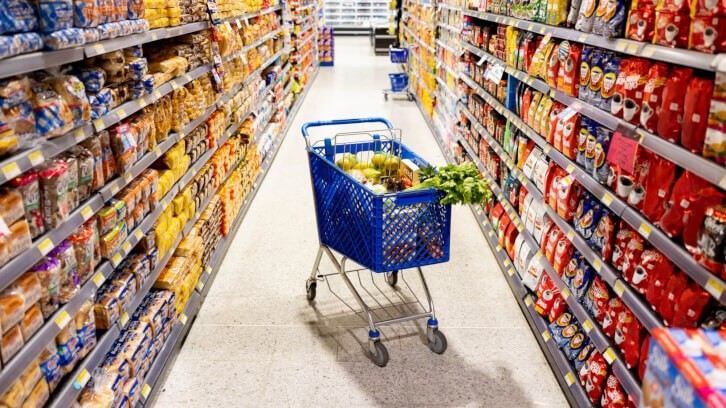Beyond sugar, salt, fat: Rethinking ultra-processed foods and reform

At the DGAC May 2024 meeting, the committee identified a lack of research on the connection between UPFs and diet-related diseases. They pointed out limited evidence regarding a link between increased consumption of these foods by various age groups (children, adolescents, adults and older adults) and higher body fat mass, body mass index (BMI) and obesity risk.
However, not all stakeholders agree with the DGAC’s assessment.
“Since 2009, there have been more than 1,600 studies of the health effects of ultra-processed foods, and these studies universally, across the board come out with the same kind of results,” including greater weight gain, more type 2 diabetes, heart disease, certain cancers and earlier mortality, nutrition and public policy expert Marion Nestle explained in an episode of Chicago Booth Review.
While these observational studies “prove association” not causation, Nestle highlighted a 2019 National Institute of Health study that showed over two weeks, people who ate UPFs consumed 500 more calories than those who were fed diets with minimally or unprocessed foods.
She also emphasized that while these foods are more likely to contain higher amounts of salt, sugar and fat, the processing “does something to the food that makes it more irresistibly delicious.”
Can the food industry redefine UPFs through a ‘health-positive processing’ lens?
While research is ongoing, Kevin Ryan, CEO, Malachite Strategy, explained in his FoodStuff newsletter that UPFs are at odds with current marketing standards around health and wellness.
He predicts that the DGAC may dismiss these foods as dangerous, and this could create an opportunity for the food industry to formally or informally redefine language around nutrient dense foods (i.e. foods with added protein or fiber) that are lumped into the UPF category as defined in the NOVA classification system.
NOVA identifies biological, physical and chemical processes after foods are extracted from nature into four classifications:
Group 1: unprocessed or minimally processed foods
Group 2: oils, fats, salt and sugar
Group 3: processed foods (a combination of Groups 1 and 2)
Group 4: ultra-processed foods
Ryan emphasized the pervasive use of UPFs across the food system in a food climate that is prioritizing healthy eating.
“Protein powder? Ultra-processed food. Protein bar? Ultra-processed food. In fact, just about all the nutrient dense foods and beverages in today’s wellness pantheon are the pinnacle of UPF. No wellness influencer will take up the cause of a concept that puts them out of business,” he wrote.
Rather, the gaps in the NOVA classification system that sort out “good UPFs” and “bad UPFs” may evolve into a new system that identifies “health-positive processing” additions like freeze-dried, fermented or sprouted from “processing done just for longer shelf-life or cost-saving.”
He added, “This processing language will get more and more refined in the coming years as brands look for ways to be both healthy as well as processed and convenient.”
Reducing reliance on UPFs by changing production infrastructure
Errol Schweizer, a journalist and former VP of grocery at Whole Foods Market, suggested during the Summer Fancy Food Show earlier this week that the processed food industry needs more regionalized production lines and sourcing.
He emphasized that utilizing various technologies, such as extrusion or flash freezing for ingredients could reduce reliance on ultra-processed foods while creating more affordable options.
Schweizer also added that ultra-processed foods tend to be cheaper and more addictive, which exacerbates the nutrition gap, particularly for 90% of consumers who are financially stressed around food costs.
Citing SPINS data, he explained that food insecurity increased 18% in the last two years, impacting 70% of households, while 37% of 18-44 year-olds are skipping meals, strengthening the case to consume these foods.
“People need and want better options. There is a huge market gap for the type of infrastructure for the food processing needed so that we can have more nutrient-dense, minimally processed food. … This is not going after processed foods [or] food processing, we are looking at what a new way to do it could look like and see where one is better,” he said.
While processed foods offer undeniable convenience and accessibility, their production methods need an overhaul, Schweizer argued. Initiatives like the Good Foods Purchasing Program adopted by cities like New York, Los Angeles and Chicago, or the quality standards set by Whole Foods and Thrive Markets around animal welfare, the environment and social responsibility offer frameworks for disrupting the status quo.
“Processed foods are ready whenever you want them. They don’t require a lot of time [or] effort, especially equipment. When we’re hungry and short on time, processed foods aren’t a luxury. They’re a necessity,” he said.










